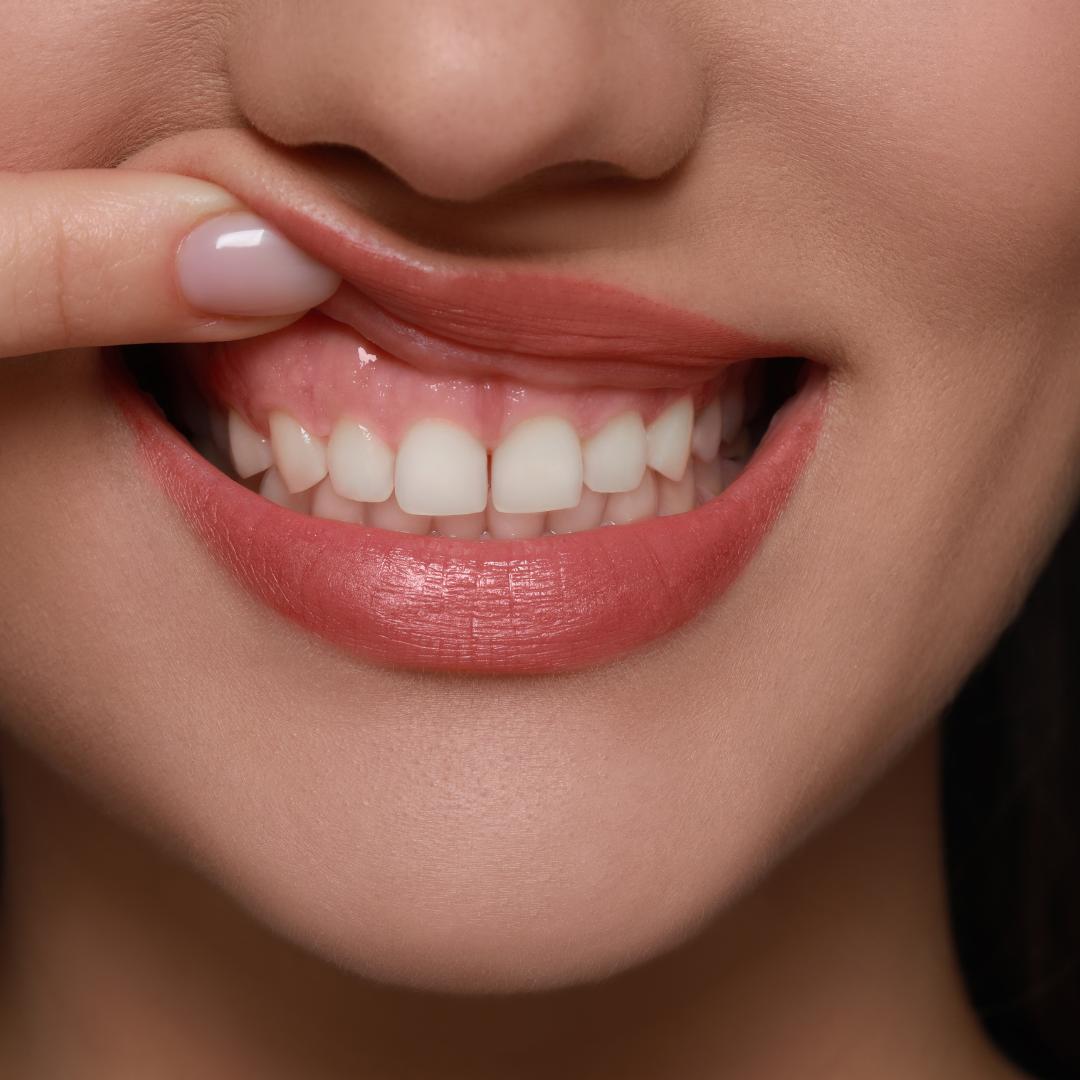Periodontal Disease
January 31, 2022
Did you know that over half of American adults suffer from gum disease? If you have been diagnosed with periodontal disease, you are not alone. This condition affects over 743 million people in the entire world.
February is Gum Disease Awareness Month, so it’s a better time than ever to take care of your oral health.
Learn more about periodontal disease and how you can prevent it below.
What is Periodontal Disease?
There are two types of inflammatory diseases that affect our gums – Gingivitis and Periodontitis. These diseases are mainly caused by infections and inflammation.
In the early stages, the gums are swollen, red, and may bleed when brushing or flossing.
If left untreated, you may develop Periodontitis. In this more serious form of the disease, bone is lost, gums can detach from your teeth, and your teeth may even fall out. This severe infection causes your body to turn on itself, attacking the tissues and the bone that support your teeth.
However, periodontal disease may affect much more than your mouth. This condition is a risk factor for various heart diseases, chronic kidney disease, strokes, diabetes, and Alzheimer’s disease.
The good news is that early stages of gum disease (Gingivitis) can be reversible through treatment and proper hygiene practices. Unfortunately, Periodontitis can cause permanent damage and infection.
Symptoms
It may be hard to recognize the early warning signs of periodontal disease. This condition may sometimes be asymptomatic and non-overt.
Here’s some quick signs from the American Dental Association (ADA) and Centers for Disease Control and Prevention (CDC) that you need to watch out for:
- Red, swollen gums
- Gums that bleed easily when you brush or clean your teeth
- Painful chewing
- Sensitive teeth
- Bad breath
- Gums that appear to have pulled away from your teeth
- Pus present between teeth and gums
- Loose teeth
- Change in the way your teeth fit when you bite

Treatment Tips
According to the ADA, here are some ways you can help reverse the symptoms and damage of periodontal disease:
- Brush twice per day
- Floss at least once per day
- Avoid tobacco usage
- Visit your dentist for a checkup
- Show your dentist how you brush and ask their advice for any improvements or additional treatments
If you think you may have periodontal disease or have any questions about your gums, schedule an appointment with us today. We’re here to help!
During your next visit, we will develop a personalized treatment plan to keep your smile happy and healthy for years to come.
Learn More About Gum Disease:
What is Gum Disease? American Dental Association
Periodontal Disease Information, Center for Disease Control & Prevention
Gum Disease Information, American Academy of Periodontology
- General
Related Posts

How Cosmetic Dental Procedures Boost Self-Esteem and Confidence
Category: General
Cosmetic dentistry focuses on the appearance of your smile, helping to fix imperfections that might be the source of discomfort or insecurity. While treatments aren’t necessary from a health...

The Silent Threat: Unraveling and Preventing Gum Disease
Category: General
Gum disease, also known as periodontal disease, is a silent threat that often goes unnoticed until it reaches advanced stages. This common dental issue can lead to serious oral...

Maximizing Your Smile: Using Your Benefits in the New Year
Category: General
As we bring in a new year, it’s not just a time for resolutions and fresh starts, it’s also an ideal moment to maximize your dental benefits. Many dental...
